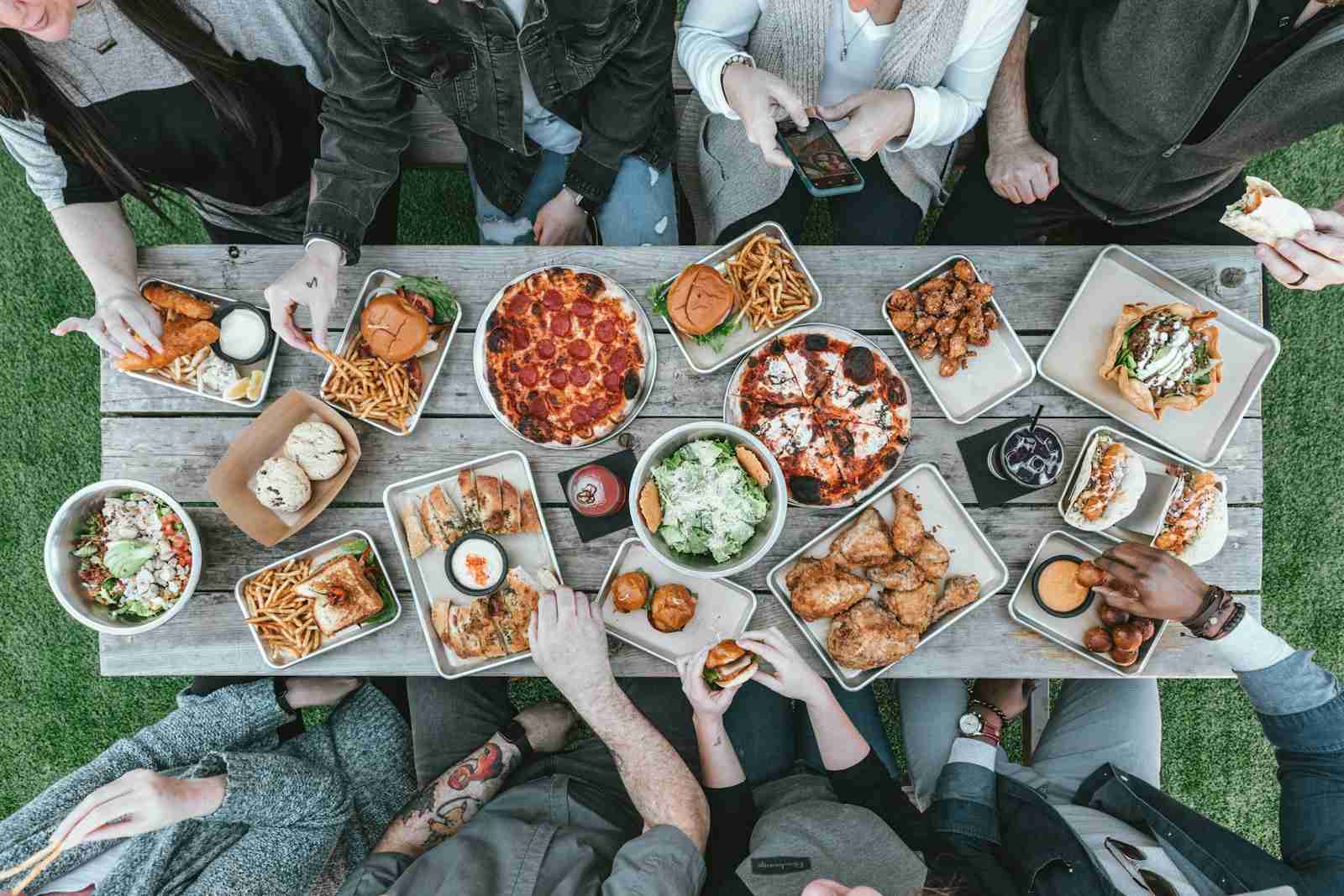27 Fun Facts About Thanksgiving You Never Knew
1. Thanksgiving has influenced in the creation of TV dinner.
The concept of the TV dinner came about in part because of Thanksgiving. In 1953, Swanson overestimated the demand for Thanksgiving turkey, leaving them with an excess of 260 tons of turkey.
To solve this problem, they sliced up the turkey and repackaged it with sides into aluminum trays, thus inventing the first TV dinner. This innovation not only saved Swanson from a logistical nightmare but also changed American eating habits forever.
2. Every Thanksgiving, Americans collectively consume around 46 million turkeys!
This showcases the bird’s central role in the holiday’s culinary traditions.
The preparation of the Thanksgiving turkey has spawned countless recipes and methods, from brining and roasting to deep-frying. Each family often has its own unique tradition related to turkey preparation.
3. Thanksgiving did not become a national holiday until 1863.
Thanksgiving only gained national holiday status during the Civil War, thanks to Sarah Josepha Hale. Hale, the author of “Mary Had a Little Lamb,” campaigned for years to make Thanksgiving a national holiday.
President Abraham Lincoln finally declared it a national holiday in 1863, in an effort to unite the country. He scheduled Thanksgiving for the final Thursday in November, a tradition that has mostly continued to this day.
4. The first Thanksgiving was celebrated in 1621.
The inaugural Thanksgiving feast was a three-day event shared between the Plymouth colonists and the Wampanoag Native Americans. This gathering was a celebration of the harvest and an expression of gratitude.
It significantly differed from our modern-day Thanksgiving. The feast likely included venison, duck, goose, and seafood. Interestingly, turkey might not have been the centerpiece of the meal as it is today.
5. What is the significance of Thanksgiving in Canada?
Thanksgiving in Canada is a holiday to express gratitude for the bountiful harvest and blessings of the past year. It is celebrated on the second Monday in October, differing from the United States’ November celebration.
6. The concept of Black Friday as a shopping day is linked to Thanksgiving.
The day after Thanksgiving, known as Black Friday, is considered the busiest shopping day of the year in the United States. It marks the unofficial start of the holiday shopping season.
Retailers offer significant discounts, leading to early morning crowds and, in some cases, chaotic scenes. The term “Black Friday” originally referred to the heavy traffic on that day, though it now symbolizes the point at which retailers begin to turn a profit, or “into the black.”
7. Thanksgiving leads to a significant increase in travel.
Thanksgiving is one of the busiest travel periods of the year in the United States, as millions of Americans travel to spend the holiday with family and friends. This surge in travel includes both road and air transportation.
The Wednesday before Thanksgiving is often the busiest travel day of the year, with airports and roads crowded with holiday travelers. This mass migration is a testament to the holiday’s importance in American culture.
8. The tradition of breaking the wishbone is ancient.

The practice of breaking the turkey’s wishbone is a Thanksgiving ritual for many. The person who ends up with the larger piece is believed to have their wish granted.
This tradition has roots in ancient civilizations, including the Romans, who believed in the divinatory powers of a chicken’s clavicle. Over time, it became a fun, competitive element of Thanksgiving celebrations.
9. Canada celebrates its own Thanksgiving.
While often associated with the United States, Thanksgiving is also celebrated in Canada. However, Canadian Thanksgiving occurs on the second Monday in October and has its own unique traditions and history.
It is a time for Canadians to give thanks for the harvest and other blessings of the past year. The celebration includes a meal similar to that of the American Thanksgiving but occurs earlier in the fall.
10. The traditional Thanksgiving menu has evolved over time.
When diving into facts about Thanksgiving and its evolution, one discovers the fascinating journey from its origins to the present day. Early Thanksgiving feasts bore little resemblance to the modern-day meal, which typically includes turkey, stuffing, mashed potatoes, cranberry sauce, and pumpkin pie.
Historically, the meal would have featured local produce, wild game, and seafood. Today’s Thanksgiving dinner reflects both the holiday’s historical roots and contemporary American culinary practices.
11. How to explain Thanksgiving to preschoolers?
Thanksgiving can be explained to preschoolers as a special day where families and friends come together to say thank you for everything good in their lives, often marked by having a big meal and enjoying each other’s company.
12. Football has been a Thanksgiving tradition since 1876.
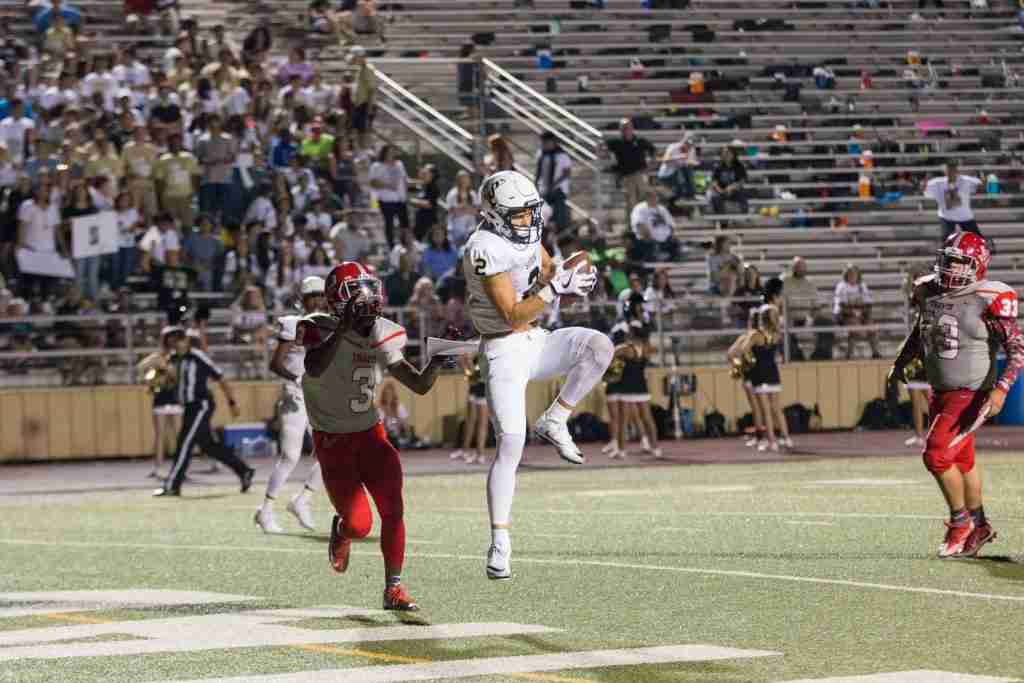
The association between Thanksgiving and football goes back to the 19th century. The first intercollegiate football game was played on Thanksgiving Day in 1876, following the establishment of the sport’s new rules.
Today, the NFL hosts several Thanksgiving games, a tradition that has become a staple for many American households. These games provide a backdrop for gatherings and celebrations across the country.
13. The first Thanksgiving was celebrated without forks.
The Pilgrims and Native Americans who feasted during the first Thanksgiving likely did not use forks; they weren’t commonly used for eating in Europe until the 18th century. Instead, they would have used knives, spoons, and their hands to eat.
This detail adds a rustic and authentic touch to our understanding of the meal, illustrating how dining habits have evolved over centuries. It’s a reminder of the simplicity and hardship of early colonial life.
14. Why is Thanksgiving celebrated in the USA?
Thanksgiving in the USA is celebrated as a day of giving thanks for the blessing of the harvest and of the preceding year. It is observed on the fourth Thursday in November and includes traditions like feasting, parades, and football.
15. The turkey is native to North America.
One of amazing Thanksgiving fact is that the turkey, a central symbol of Thanksgiving, is native to North America. Its significance dates back to before the first Thanksgiving, as turkeys were a common source of food for Native Americans and were used in early American settler diets as well.
The bird’s prominence at Thanksgiving meals underscores its cultural and historical importance. It also highlights the natural abundance of the American continent, which settlers were thankful for.
16. The Macy’s Thanksgiving Day Parade began in 1924.
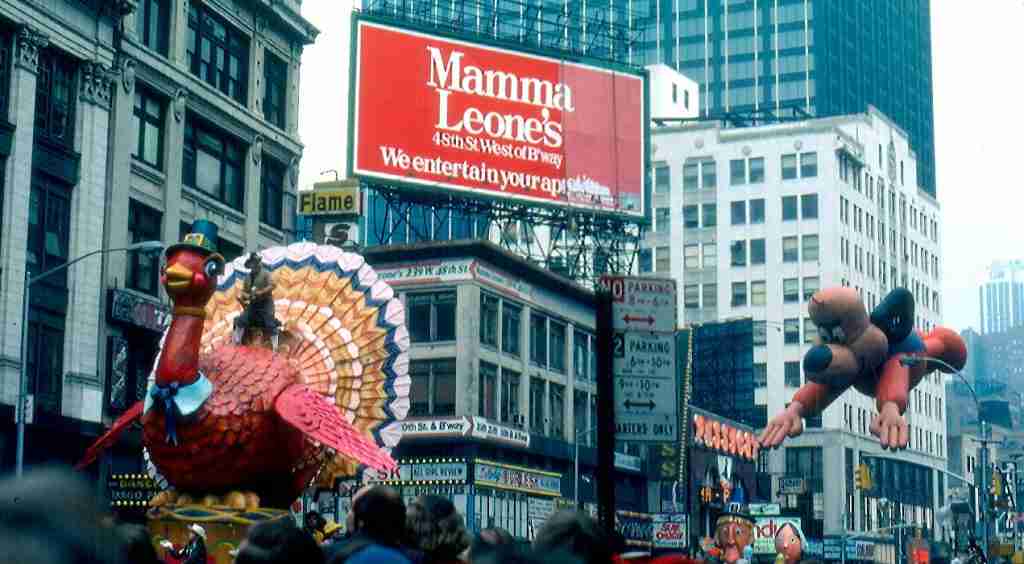
One of the holiday’s most beloved traditions, the Macy’s Thanksgiving Day Parade, originally started as a Christmas parade. It has since become synonymous with Thanksgiving and is watched by millions both in person and on television.
The parade is famous for its giant balloons, which have included iconic characters from various facets of American culture. The event marks the start of the holiday season in the United States.
17. The woman who wrote “Mary Had a Little Lamb” is also responsible for Thanksgiving’s national holiday status.
Sarah Josepha Hale, the author behind the nursery rhyme “Mary Had a Little Lamb,” played a crucial role in making Thanksgiving a national holiday. For 17 years, she wrote letters to presidents and governors advocating for Thanksgiving to be recognized nationally.
Her persistent efforts paid off when Abraham Lincoln declared Thanksgiving a national holiday in 1863. Hale’s dedication to the cause shows how one person’s determination can influence national culture and traditions.
18. Thanksgiving is observed across the U.S., except in three territories.
While Thanksgiving is celebrated across the United States, it is not officially observed in American Samoa, Puerto Rico, and the U.S. Virgin Islands. These territories have their own holidays and observances that reflect their unique cultures and histories.
This fact highlights the diversity within U.S. territories and how different American communities celebrate and give thanks in various ways. It’s a testament to the rich tapestry of traditions that make up the nation.
19. Franklin D. Roosevelt once changed the date of Thanksgiving.
In 1939, Franklin D. Roosevelt moved Thanksgiving up a week, hoping to extend the holiday shopping season and boost the economy during the Great Depression. This decision was met with significant public backlash and confusion.
After two years of controversy and divided celebrations (with some states observing the original date and others following the new one), Congress officially set Thanksgiving on the fourth Thursday of November in 1941, where it remains today.
20. The largest pumpkin pie ever made was over 20 feet in diameter.
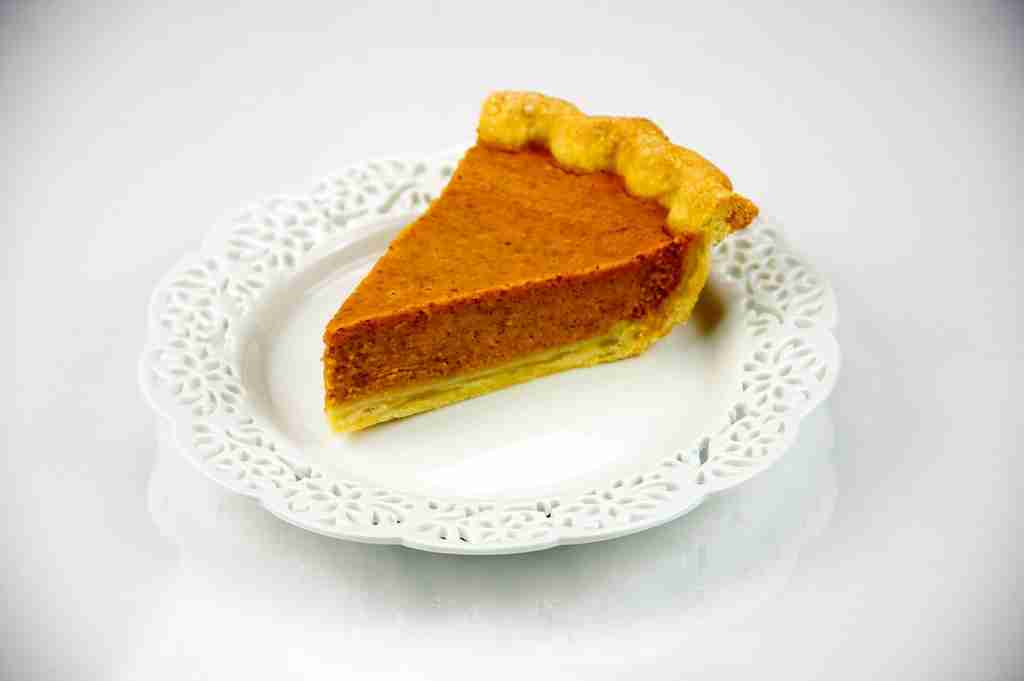
Thanksgiving is synonymous with pumpkin pie, a staple dessert of the holiday. The record for the largest pumpkin pie ever made was set in 2010, measuring 20 feet in diameter and weighing over 3,600 pounds.
This culinary feat showcases the festive spirit and creativity that Thanksgiving inspires. It’s a fun reminder of the holiday’s indulgence and the importance of pumpkin pie in Thanksgiving traditions.
21. How can adults make Thanksgiving meaningful?
Adults can make Thanksgiving meaningful by reflecting on their blessings, spending quality time with loved ones, volunteering to help those in need, and creating traditions that foster gratitude and community.
22. The annual presidential turkey pardon began in 1989.
While turkeys had been presented to U.S. presidents since the 1940s, the first official pardon was granted by President George H.W. Bush in 1989. This act turned the presentation into a yearly tradition, where selected turkeys are spared from the dinner table.
This tradition has become a beloved part of the holiday, symbolizing mercy and the spirit of giving. It’s a light-hearted ceremony that adds a unique character to the holiday’s observance.
23. Canadian Thanksgiving predates American Thanksgiving.
Canadian Thanksgiving, celebrated on the second Monday in October, has its roots in the 1578 voyage of Martin Frobisher in search of the Northwest Passage, predating the Plymouth feast by over 40 years. This celebration was initially about giving thanks for the safe journey, separate from the harvest festivals that would come later.
It reflects the shared cultural heritage and variations in the observance of Thanksgiving between neighbors. Canada’s earlier observance underlines the holiday’s broader themes of gratitude and survival in the New World.
24. “Jingle Bells” was originally a Thanksgiving song.
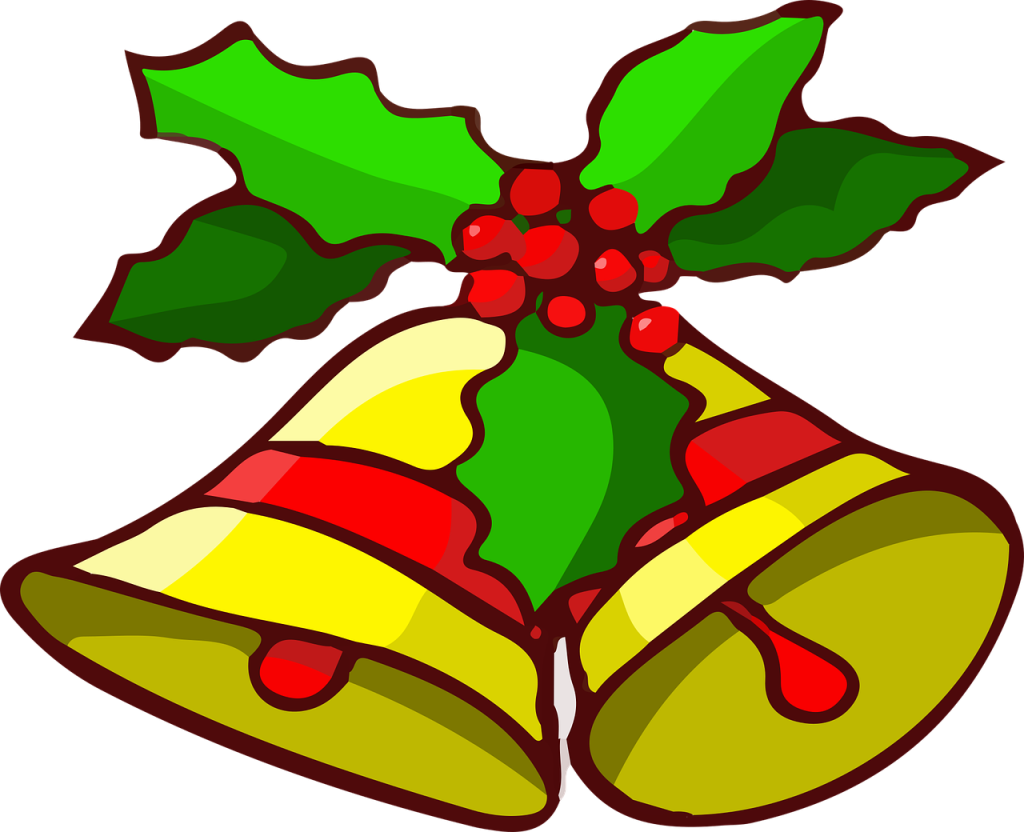
Though now a staple of Christmas music, “Jingle Bells” was written by James Lord Pierpont in 1857 for a Thanksgiving Sunday school celebration. The song’s widespread popularity eventually led to its association with Christmas.
This fact is a fascinating example of how cultural traditions evolve and intertwine. It reminds us that the origins of some of our most cherished customs can be surprising and unexpected.
25. Each Thanksgiving, the President of the United States pardons a turkey.
Starting in the 1940s, the President of the United States has been presented with one (or two) turkeys in a ceremony. This tradition has evolved into the annual pardon of a turkey, sparing it from being eaten.
The pardoned turkey gets to live out its days on a farm. This Thanksgiving fun fact highlights the lighter side of the holiday and captures the imagination of the public every year.
26. Thanksgiving was almost a fast, not a feast.
The early settlers gave thanks through prayer and fasting, and the idea of celebrating Thanksgiving with a feast was initially met with some resistance. A day of thanksgiving was more commonly observed as a day of prayer and fasting in Puritan New England.
It was the Native Americans who inspired the settlers to celebrate the harvest with joy and feasting, leading to the food-centric holiday we know today. This shift from fasting to feasting is a significant part of the holiday’s history.
27. A Thanksgiving mix-up inspired the first TV dinners.
The overproduction of turkeys by Swanson in 1953 led to the invention of the TV dinner, a turning point in American culinary history. With an excess of 260 tons of turkey, Swanson devised a plan to slice and freeze the meat in trays with sides, creating a convenient meal that catered to the era’s growing fascination with television.
This innovation not only provided a solution to Swanson’s surplus problem but also marked the beginning of a new era for American dining, blending convenience with tradition.
FAQs
Japan observes Labor Thanksgiving Day on November 23rd as a day for commemorating labor and production and giving one another thanks. It’s more about honoring labor and work than the harvest-themed celebrations seen in North America.
The connection between Thanksgiving and the Netherlands dates back to the Pilgrims who spent time in Leiden, Netherlands, before sailing to the New World. Some Dutch cities, like Leiden, observe Thanksgiving to honor this historical link.
Thanksgiving, or Dia de Ação de Graças, in Brazil is influenced by American culture and is celebrated on the fourth Thursday of November. It’s not widely observed but includes gatherings and gratitude reflections among those who celebrate it.
Germany celebrates Erntedankfest, its version of Thanksgiving, typically on the first Sunday of October. The festival gives thanks for the year’s harvest and includes church services, parades, and local festivities.
Turkeys have become synonymous with Thanksgiving for adults due to historical traditions dating back to the first Thanksgiving, where it is believed turkeys were part of the feast. It symbolizes the holiday’s focus on gratitude and communal meals.

